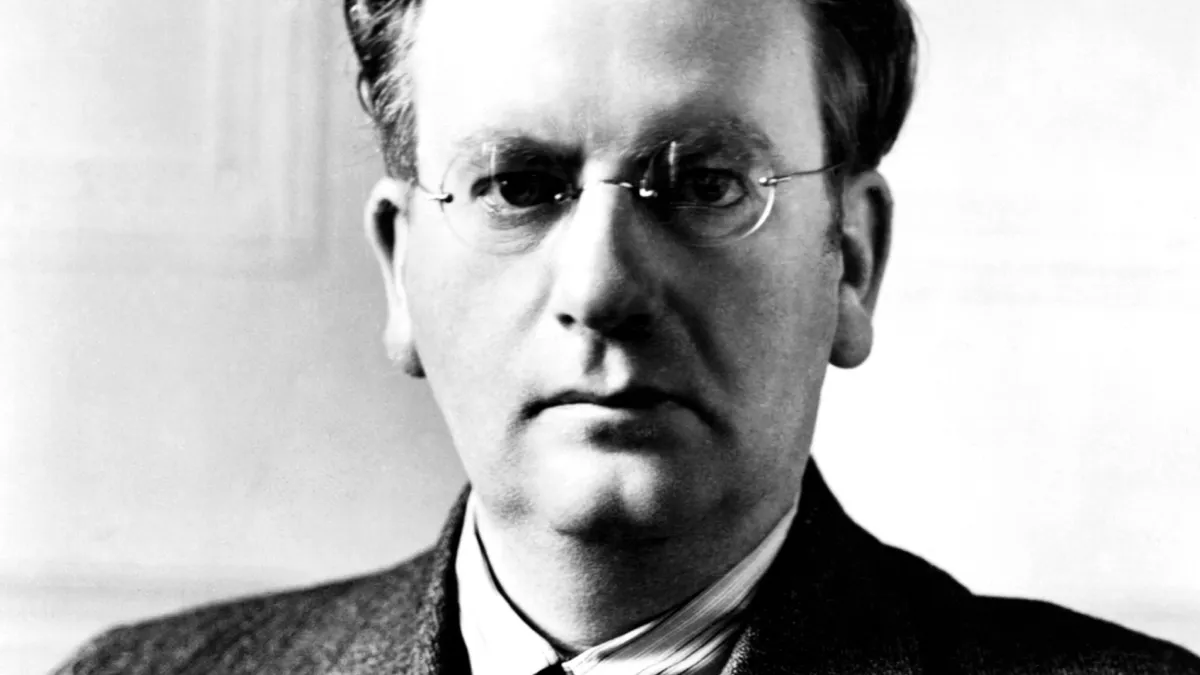Transmitting signals over long distances was one of the greatest triumphs of 19th-Century inventors. Yet even their ingenuity failed to solve the ultimate challenge: the transmission of clear sound and images. Many tried, leading to a long list of supposed ‘pioneers’ of television, the most famous being the Scottish inventor John Logie Baird. In January 1926 he gave the first-ever demonstration of the transmission of moving images, and by 1929 Baird was selling ‘Televisor’ sets for £25 – equivalent to £1,500 today. Baird’s design offered small, flickering, black-and-white images and involved the use of a spinning, perforated disk invented in 1894 by German engineer Paul Nipkow that scanned images for transmission as electrical signals.

The technology needed to give television its mass appeal is generally credited to the brilliant American inventor Philo Farnsworth. While still a teenager, he realised that emerging electronic technology could scan images far faster and more finely than any mechanical device, and in 1927 demonstrated the first electronic television. A bitter patent dispute with the US electronics company RCA then broke out. Despite ultimately winning and being awarded a settlement plus royalties, Farnsworth and his key role in the invention of television are now largely forgotten.

Read more:
Subscribe to BBC Focus magazine for fascinating new Q&As every month and follow @sciencefocusQA on Twitter for your daily dose of fun science facts.